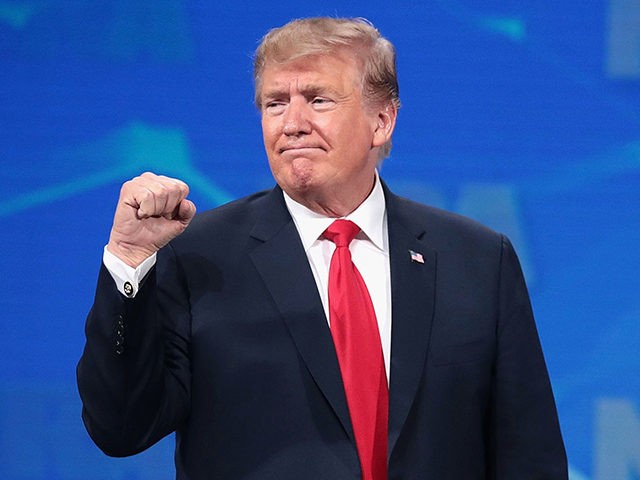The U.S. economy created 263,000 jobs in April and the unemployment rate dropped to 3.6 percent, the Labor Department said Friday.
That far exceeded the 180,000 estimated by economists surveyed by Econoday and follows a better than expected surge in April. Economists had expected the unemployment rate to hold steady at 3.8 percent.
Unemployment is at the lowest level since December 1969 when it hit 3.5 percent.
Professional and business services added 76,000 jobs in April. Construction added 33,000, making its 12 month total 256,000. The health care sector grew by 27,000 jobs in April. Financial jobs rose by 12,000. Manufacturing employment changed little for the third month in a row, rising by just 4,000. Mining, warehousing, leisure and hospitality, information technology, and government were also close to flat for the month.
The good news on wages continued in April as well. Average hourly earnings rose by 6 cents to $27.77. Over the year, average hourly earnings have increased by 3.2 percent. Inflation is running at 1.5 percent, so real average hourly earnings have gone up by 1.7 percent.
February’s nonfarm payroll number was revised upward from 33,000 to 56,000, the second upward revision for what initially looked like a terrible month for the labor market. March’s estimate was brought down from 196,000 to 189,000. The three-month moving average is now 169,000 jobs.
The numbers came a few days after ADP and Moody’s Analytics said the private sector added 275,000 jobs in April, far surpassing expectations for 180,000 new jobs. Last year, the economy added an average of 233,000 a month, defying expectations that job creation would slow as unemployment hit record lows.
Economic reports have painted a picture of far more favorable economic conditions than they did in the final months of 2018. First-quarter GDP rose 3.2 percent, far more than the 2.1 percent forecast by economists. Wages and productivity rose strongly as well. Inflation has consistently fallen this year and in March price gains hit 1.5 percent, well below the Federal Reserve’s 2 percent target.
Federal Reserve officials said Wednesday that they remain patient when it comes to any rate changes. In a press conference following the two-day meeting of Fed policymakers, Jerome Powell appeared to dash hopes that the Fed might cut rates in the coming month because of low inflation. Powell said that the downward pressure on inflation was likely transitory and would not require a monetary policy response.

COMMENTS
Please let us know if you're having issues with commenting.